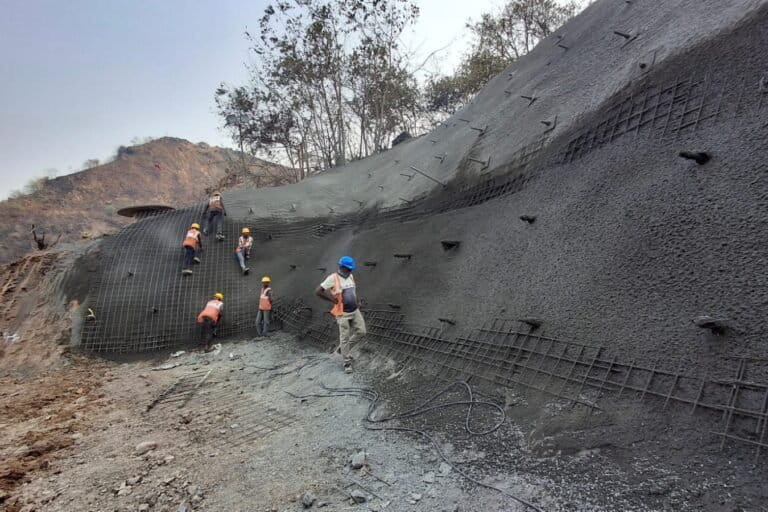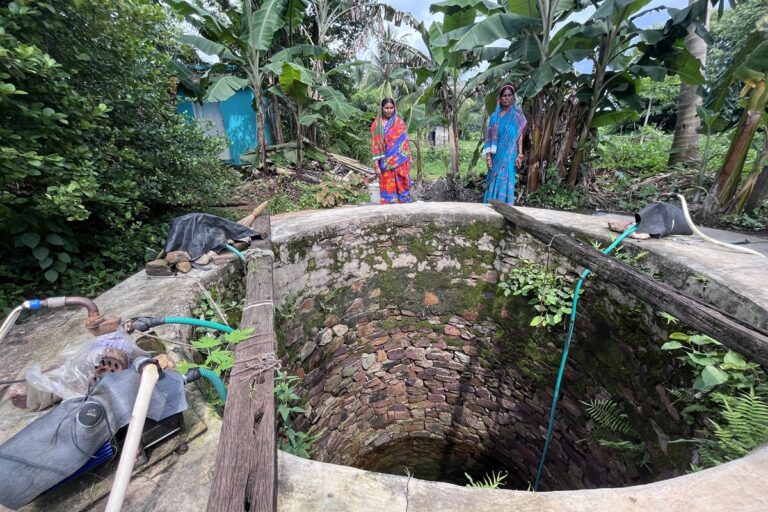- Urban systems are identified as one among four critical systems that can accelerate climate action at the global level.
- India’s environment ministry has released a draft of Green Credit Programme Rules that allows urban bodies to improve the quality of life by covering areas such as tree plantations, water, waste, air pollution, sustainable buildings, etc.
- For urban bodies facing several financial and human resource capacity challenges, the programme should not be restricted to earning Green Credits as an end but rather a means to improving climate action in cities.
- The views in the commentary are that of the author.
The draft Green Credit Programme Rules notified by the Ministry of Environment, Forests and Climate Change (MoEFCC) is part of efforts towards the ‘Lifestyle For Environment’ concept introduced in COP26 by India. This programme would aim to incentivise environmental action from various stakeholders, including Urban Local Bodies (ULBs). ULBs can sell green credits on a domestic platform. It finds synergies with climate action in cities and offers potential benefits. To actualise these benefits, there are significant challenges that ULBs and the programme administrator would need to overcome.
The rapid urbanisation of India will witness an increase of urban population to 40% by 2030. Cities would face infrastructure challenges, water, and energy stress causing higher emissions, poor air quality, and waste generation. As many as 43 Indian cities ranked among 100 worldwide as most vulnerable to climate risks such as urban flooding, heatwaves, and other extreme weather events, including Mumbai, Bengaluru, Chennai, and Delhi. In a report on air quality, 39 of the 50 most polluted cities worldwide were from India alone. These risks significantly threaten the quality of life in cities, especially for urban poor and vulnerable populations.

Despite bearing the brunt of rapid urbanisation, degrading environment, and climate impacts, IPCC’s report identified urban systems as one among four critical systems that can accelerate climate action at the global level. Climate risks necessitate low-emission pathways for cities. However, city climate action has largely been part or a side effect of development priorities as it depends on national and state agenda often merged with schemes. Metropolitan areas and large cities have now started creating climate action plans. The Green Credit Programme offers incentives to accelerate city climate action. Significant governance challenges that cities face, however, can thwart these benefits.
Potential benefits for cities
The Green Credit programme covers green credits across several areas, such as tree plantations, water, waste, air pollution, and sustainable buildings under section 4(2) of the rules. These sectors are also recognised as critical areas for action under the National Institute of Urban Affairs (NIUA) Climate Smart Cities Assessment Framework. City-level climate action and existing schemes overlap with recognised sectors under this programme.
Issuance and trade of Green Credits can be an incentive for cities to accelerate or plan for climate action based on the local need. Cities with existing projects, plans, and long-term goals can align their work with the programme. ULBs undertaking innovative action under the programme can serve as an example for other ULBs.

The programme establishes a knowledge and data platform via section 10(1). Through the Accredited Green Credit Verifiers and auditors, robust data on the benefits of climate action in ULBs can be developed using this scheme. Data from audits on environmental benefits at the city level can further the importance of low-emissions pathways that Indian cities need to undertake. The programme could prove beneficial, especially for promoting green and blue infrastructure and accounting for the ecosystem services they provide.
Challenges for implementation at city-level
In India, Urban Local Bodies (ULBs) encounter capacity constraints caused by inadequate staffing, limited financial resources, and technical limitations.
This creates a significant environmental governance challenge for driving action. Current climate action across many sectors, such as mobility, waste, and biodiversity, is filled by non-state actors collaborating with ULBs. Cities are not equipped to drive climate action independently. Hence, creating projects and actions that speak to local needs remains a challenge if climate action remains exclusionary and non-participatory in its approach.

These gaps in capacity need to be addressed not just by training the existing overburdened staff but creating capacity for climate action at the city level. Despite sectoral guidelines from the programme, ULBs would find it difficult to identify potential areas for action and mobilise funds specifically for biodiversity-related activities. In sectors such as waste and air quality, for which ULBs receive funds, effective utilisation can be challenging in the absence of adequate capacity and robust fiscal strategy.
Larger metropolitan cities undertaking climate action could reap the benefits of the scheme. This includes million-plus ULBs like Mumbai, Nagpur, Kochi, Chennai, etc. that have climate action plans under implementation stages with larger funds and support to undertake action in collaboration with non-state actors. However, smaller ULBs that are fast urbanising would need a special focus and support beyond just training existing staff, owing to their limited capacity and resources, in order to participate in the programme.
Challenges for administrators in monitoring ULBs
As the administrator of the programme, the Indian Council of Forestry Research and Education would encounter a significant challenge in terms of capacity for verification and auditing. Implementing city-level actions on biodiversity, water, or infrastructure, such as non-motorised transport development to reduce energy consumption, would demand substantial resources for effective verification and auditing.
Lacklustre verifications and auditing risks greenwashing. Presenting a misleading image of an ecological issue or action could risk buyers purchasing unreliable green credits on the programme’s platform.
Additionally, rules and guidelines for each sector must ensure a defined set of activities that ULBs can understand and implement. Auditors and verifiers must ensure consistency between ULB’s activity and guidelines prior to granting green credits.

The programme rules under section 6(3)(ii) state that technical and sectoral committees would be constituted for each sector. These committees would develop methodologies and processes for the registration of activities. The committees should ensure ULBs are adequately aware of sound ecological principles like emphasising local species under tree plantation action or broader principles of managing consumption and circular economy under waste. These factors would be crucial for the longevity of benefits that city-level actions could provide. The committees should ensure the larger principle of sustainability while incorporating local needs in their methodologies and guidelines.
Furthermore, the programme administrator should incorporate explicit provisions in the detailed guidelines for sharing data and evidence with city administrations, state governments, planners, and citizens.
Lastly, the programme administrator also needs to consider the role regulatory bodies such as Central and State Pollution Control Boards play in many of these sectors. The draft rules do not call out these bodies. Hence needs a greater examination of how these bodies fit into the programme and action undertaken within the programme’s scope.
There are currently 4855 ULBs in India, including 255 large municipal corporations. And with the rapid urbanisation and climate risks that cities face, the scope of this programme is significantly large for participating ULBs. However, these possible benefits come with caveats of city governance challenges, the capacity to implement action with sound ecological principles, and the resources needed for robust verification and auditing. These factors would play a crucial role in ensuring the programme’s success and inviting buyers for green credits. The programme should not be restricted to earning Green Credits by ULBs as an end but rather a means to improving climate action in cities.
The author is an Associate, Environment City-Systems, Janaagraha, a nonprofit organisation working on urban governance.
Banner image: A densely populated metro station in Delhi. Photo by Chandradhar Yadav/Wikimedia Commons.













